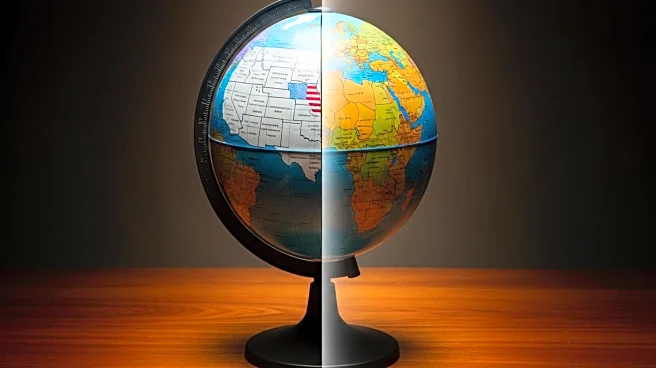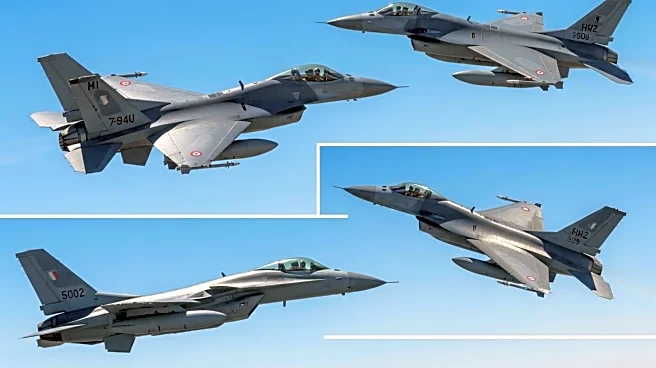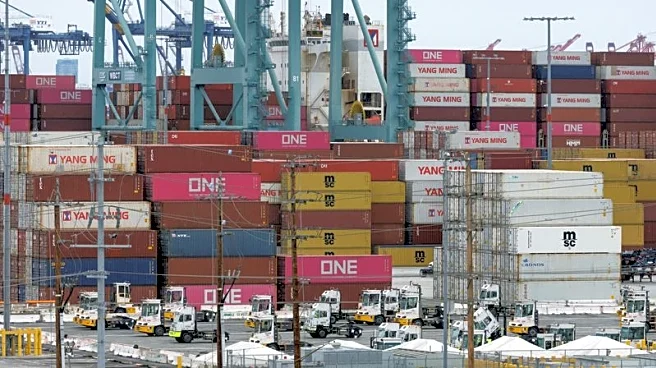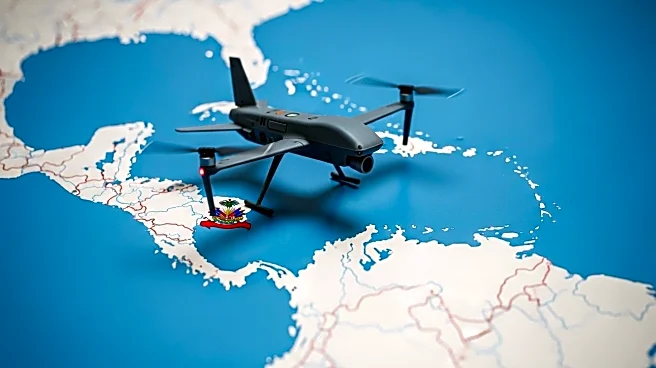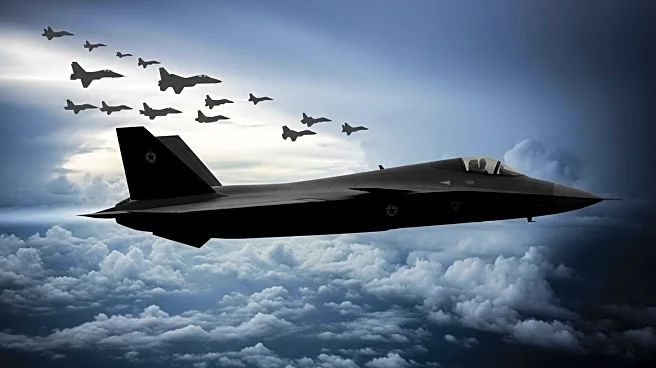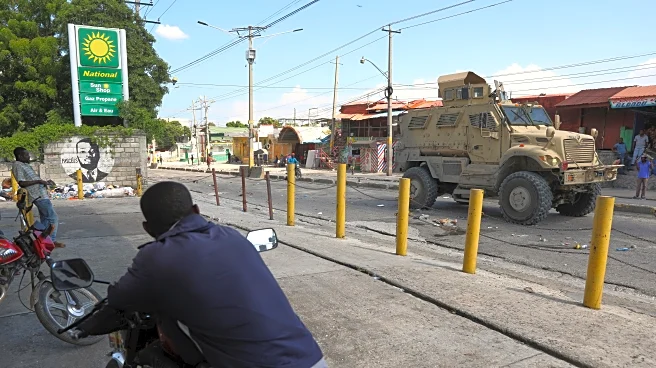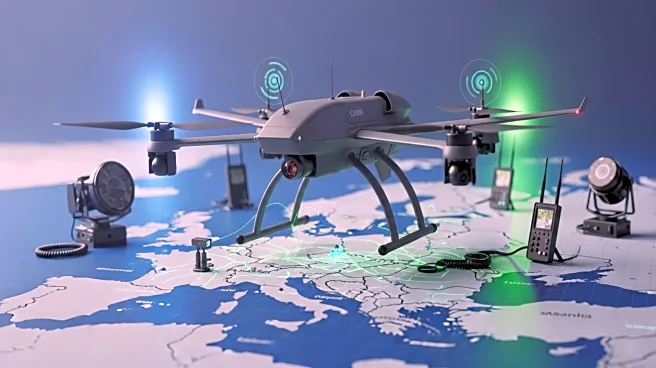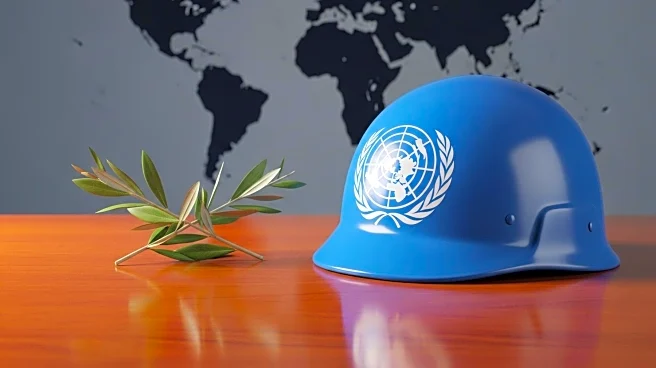What's Happening?
A recent study presented at the International Astronautical Congress in Sydney has identified 50 pieces of space debris in low-Earth orbit that pose significant risks. The study, led by Darren McKnight, highlights that 76% of these objects were launched before 2000, with 88% being rocket bodies. Russia and the Soviet Union account for 34 of these objects, with China, the United States, Europe, and Japan contributing the rest. The debris, primarily from old rockets, travels at high speeds and poses a risk of collision, potentially leading to the Kessler Syndrome, where space becomes increasingly cluttered with debris.
Why It's Important?
The accumulation of space debris poses a significant threat to satellites and other space operations. Collisions can create more debris, leading to a cascading effect that could make certain orbits unusable. This situation could impact global communications, weather forecasting, and scientific research. Countries with significant space programs, like the U.S., Russia, and China, may need to collaborate on debris mitigation strategies to protect their investments and ensure the sustainability of space activities.
What's Next?
Efforts to mitigate space debris are likely to intensify, with potential international collaborations to develop technologies for debris removal. Space agencies and private companies may invest in tracking and managing debris to prevent collisions. The study's findings could prompt policy discussions on international regulations for space debris management.

